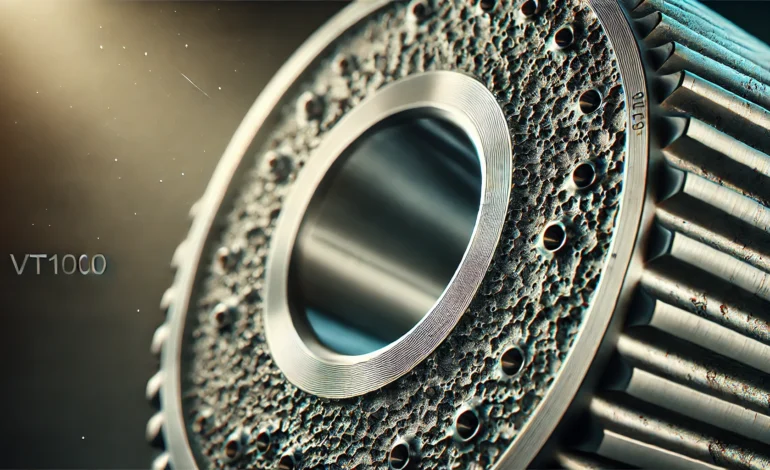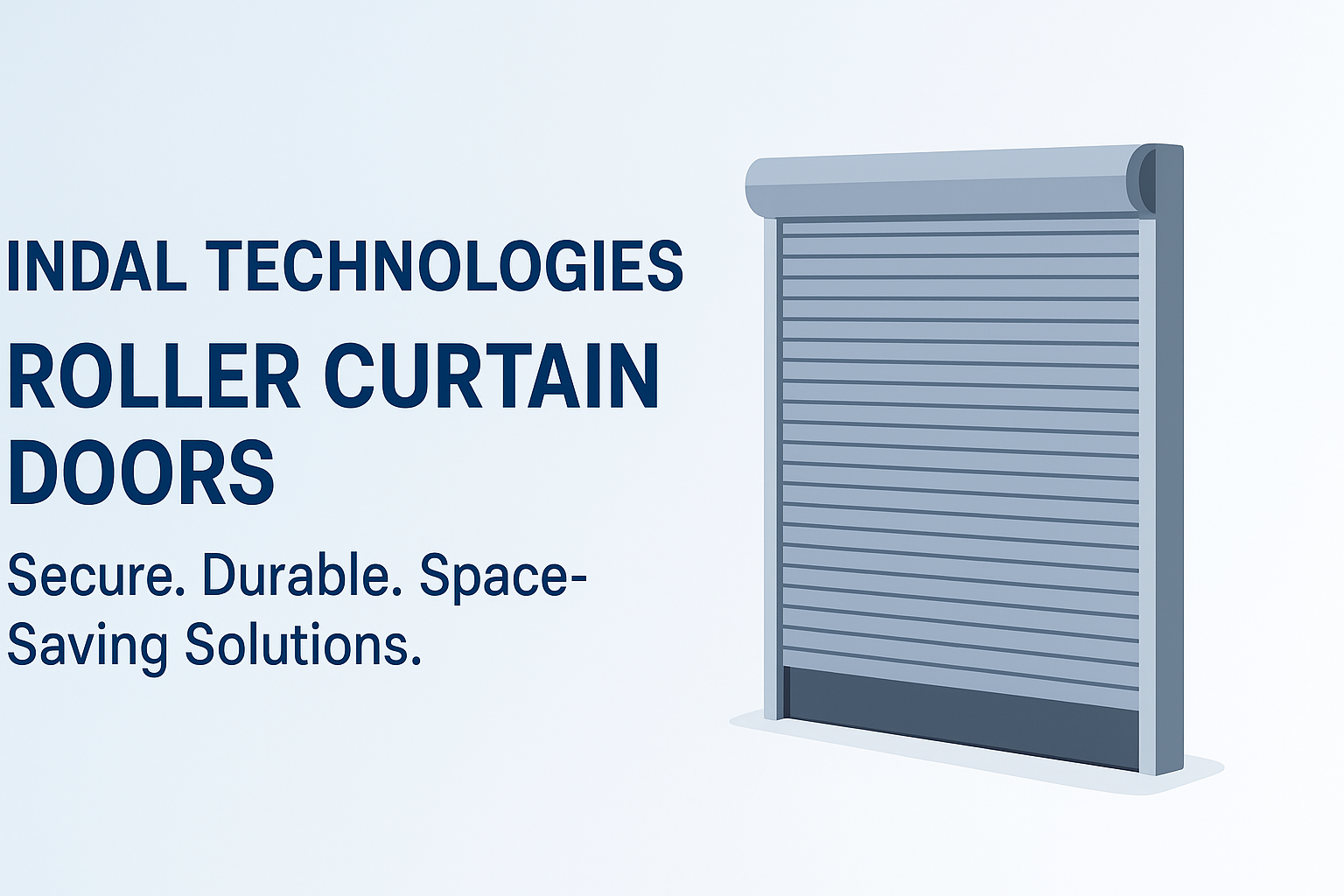VT1000 Pitting: Causes, Prevention, and Solutions

Introduction
Have you ever come across the term “VT1000 Pitting” and wondered what it is? You’re not alone! This issue has been a concern for many, especially those dealing with VT1000 machinery. Pitting is a common problem in mechanical components that can cause headaches if not addressed quickly. But don’t worry, we’ve got you covered! In this post, we’ll explore what VT1000 pitting is, why it happens, how to prevent it, and ways to fix it. So, if you’re looking to keep your VT1000 running smoothly, stick around. Let’s dive right in!
What Is VT1000 Pitting?
Pitting is a form of wear that appears as small, crater-like indentations on a surface. When it occurs in a VT1000 machine, it can lead to reduced efficiency and performance. The VT1000, known for its precision and reliability, can suffer from this problem due to various factors. Pitting might look like tiny holes or dark spots on gears, bearings, or other components. Over time, these little pits can lead to bigger issues if not taken care of.
Why Does VT1000 Pitting Happen?
Pitting on VT1000 machines can happen for several reasons. Understanding the cause is the first step to solving the problem. Here are the most common reasons:
- Friction and Stress: When parts rub against each other, friction occurs. This friction, combined with stress, can cause pitting over time.
- Corrosion: Exposure to moisture, chemicals, or other corrosive agents can cause tiny pits to form.
- Material Defects: Sometimes, the issue lies in the material itself. Weaknesses or defects in the metal can lead to pitting.
- Improper Lubrication: If the machine isn’t lubricated properly, it will create more friction. More friction equals more pitting.
- Wear and Tear: Like all machinery, the VT1000 isn’t immune to regular wear and tear. This can lead to pitting, especially in older machines.
How To Prevent VT1000 Pitting
Preventing pitting in your VT1000 machine is easier than fixing it. Here are a few tips to keep your equipment running smoothly:
- Regular Maintenance
- Schedule regular maintenance checks. Spotting problems early can save you from bigger headaches down the road
- Clean your VT1000 regularly to remove dirt, dust, and debris that might cause friction.
- Proper Lubrication
- Make sure to keep all moving parts properly lubricated. This reduces friction and prevents pitting.
- Use the right type of lubricant recommended for the VT1000. Don’t cut corners here!
- Monitor for Corrosion
- Inspect for any rust or signs of corrosion. If you see any, address it immediately.
- Keep the machine in a dry environment to minimize exposure to moisture.
- Use High-Quality Parts
- When replacing parts, always opt for high-quality, durable components.
- Avoid cheaper materials that may wear out quickly and cause more damage.
Solutions For VT1000 Pitting
Okay, so pitting has already happened—now what? Don’t panic! Here are some solutions to help you fix VT1000 pitting:
- Re-Grinding
- Re-grinding the affected parts can remove the pits and smoothen the surface. This will help restore performance.
- Make sure this is done by a professional to avoid further damage.
- Replacing Parts
- Sometimes, the best option is to replace the damaged parts altogether. This can be costly but may save you more in the long run.
- Consult a technician to determine which parts need replacement.
- Applying Anti-Corrosion Coatings
- Anti-corrosion coatings can help protect the VT1000 parts from rust and moisture.
- These coatings can extend the life of the components, making them more resistant to future pitting.
When To Call A Professional
Not sure if you can handle the pitting issue yourself? There’s no shame in calling a professional. Sometimes, the problem may be more severe than it looks, and a DIY fix might make things worse. If your VT1000 machine is showing significant pitting or reduced performance, it’s best to have an expert check it out. They’ll be able to assess the situation and recommend the best course of action.
Conclusion
VT1000 pitting might sound like a big problem, but it’s manageable with the right knowledge and approach. Regular maintenance, proper lubrication, and attention to detail can go a long way in preventing pitting. And if pitting does happen, there are solutions available to fix it. So, don’t wait until your VT1000 breaks down—take action now and keep your machine running at its best!
FAQs
1. What causes VT1000 pitting?
Pitting on the VT1000 can be caused by friction, corrosion, improper lubrication, material defects, or regular wear and tear.
2. How can I prevent VT1000 pitting?
You can prevent pitting by performing regular maintenance, ensuring proper lubrication, checking for corrosion, and using high-quality parts.
3. Can pitting be fixed?
Yes, pitting can be fixed through re-grinding, replacing damaged parts, or applying anti-corrosion coatings.
4. Is it expensive to fix VT1000 pitting?
The cost depends on the extent of the damage. Minor pitting might be fixed with simple maintenance, while severe pitting may require part replacements, which can be more expensive.
5. Should I try to fix VT1000 pitting myself?
If you have the skills, you can try to fix it. However, if the damage is extensive, it’s best to call a professional.
With the tips and solutions shared here, you can keep your VT1000 in top shape and say goodbye to pitting problems. Happy maintenance!






